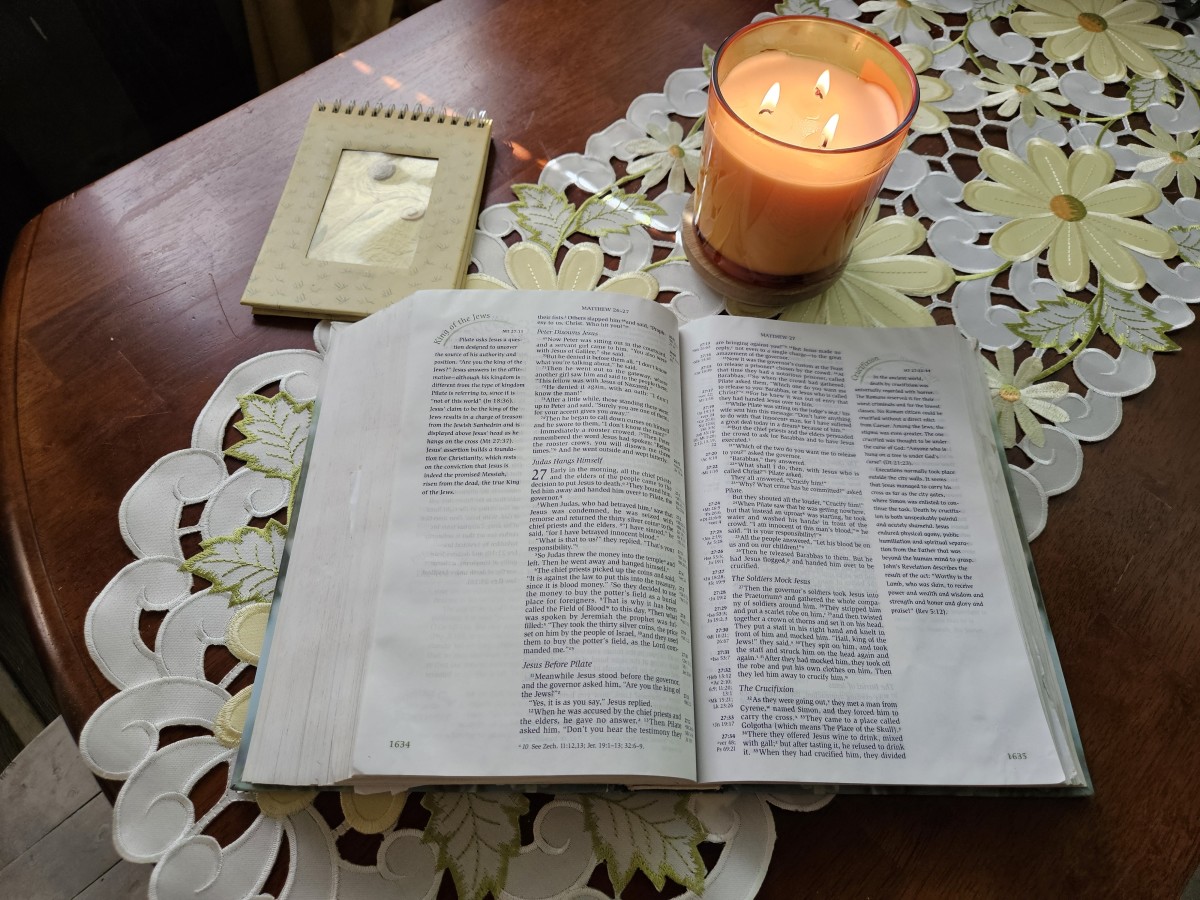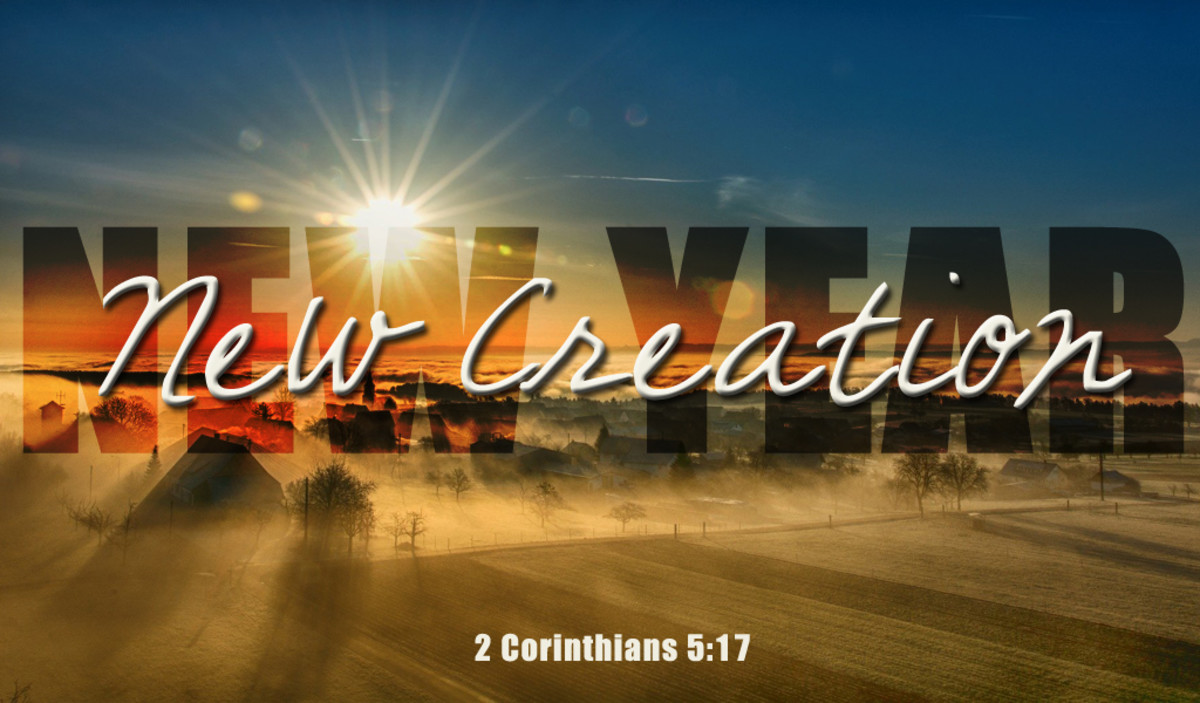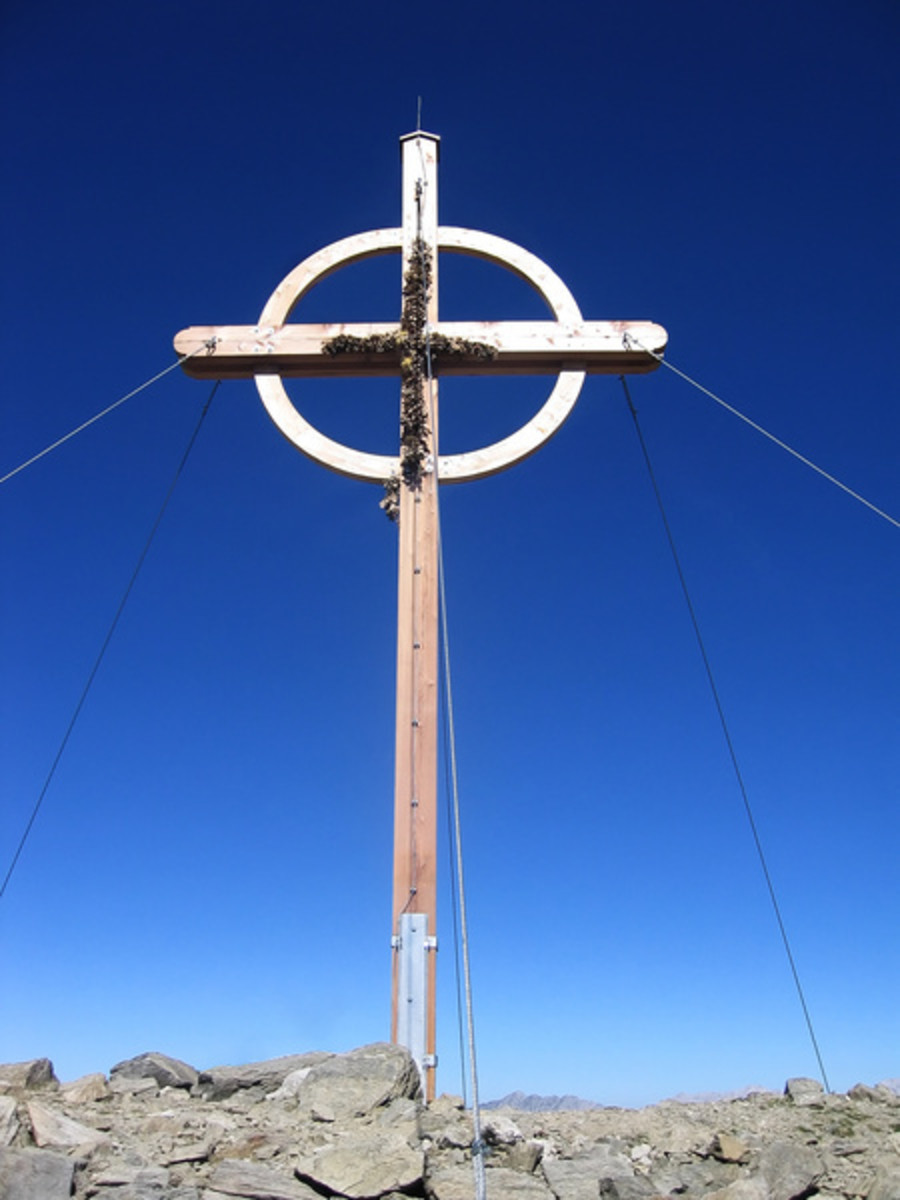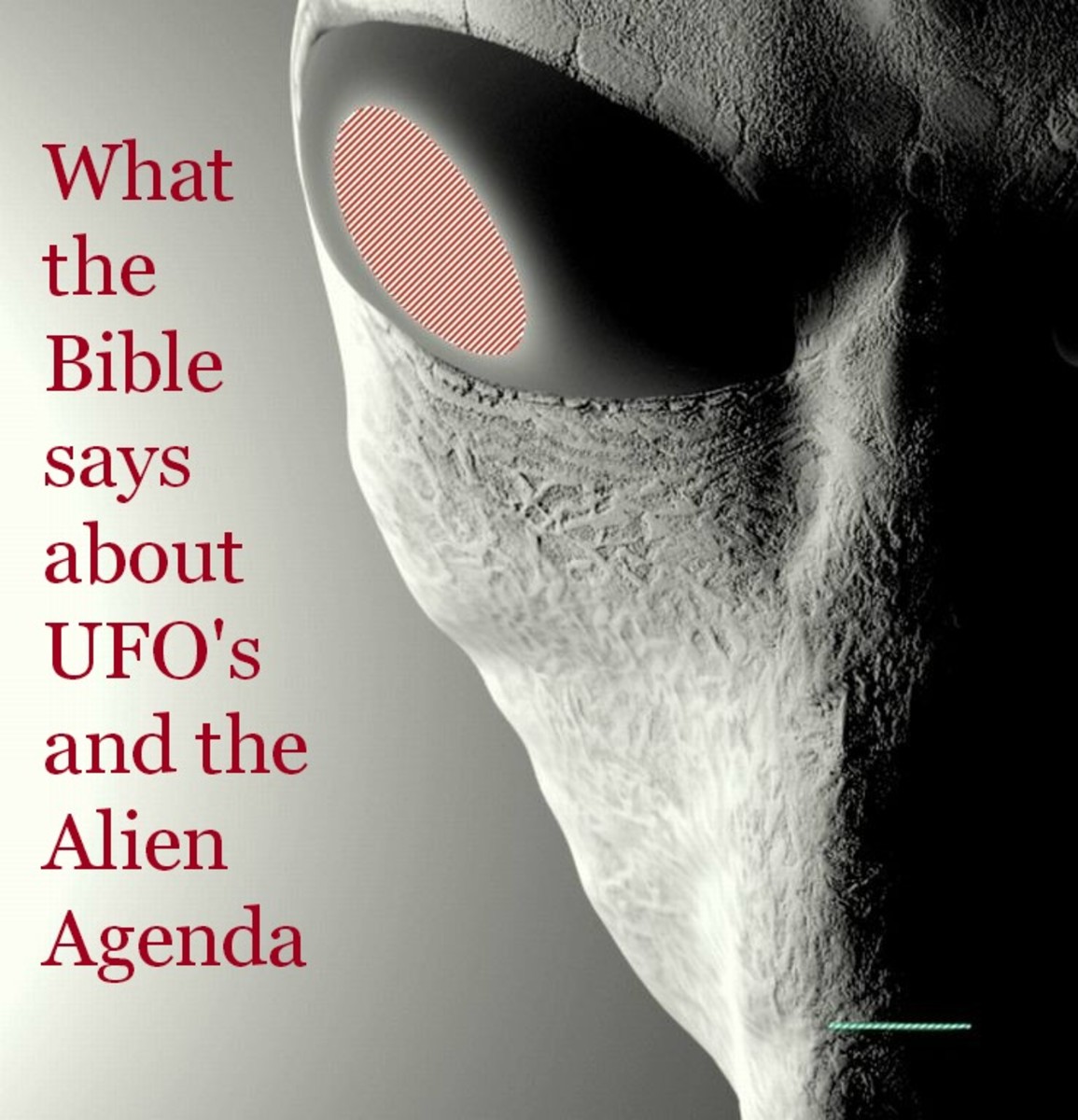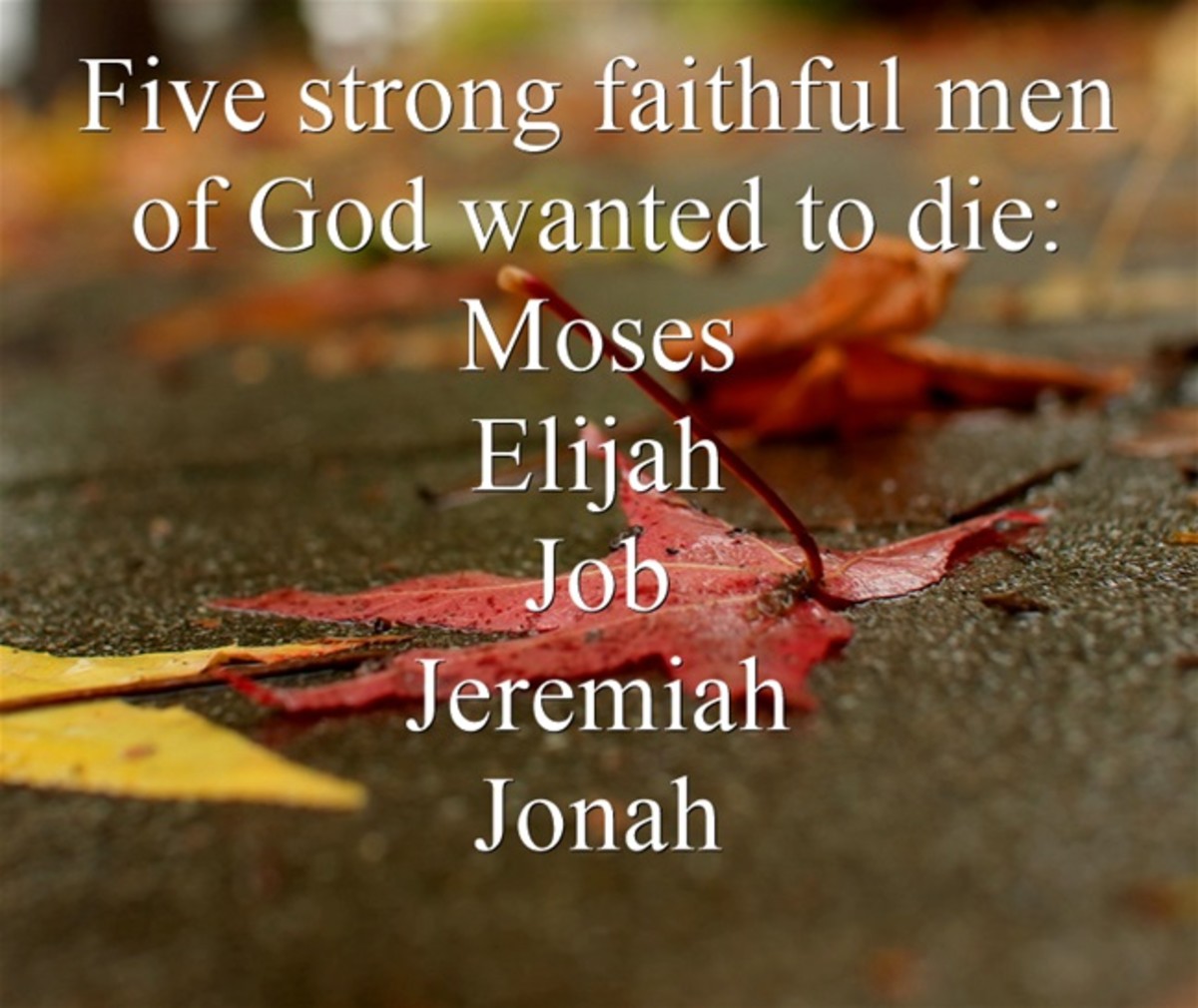People, does God warns us in these days through the Bible about His coming when you least expect it?
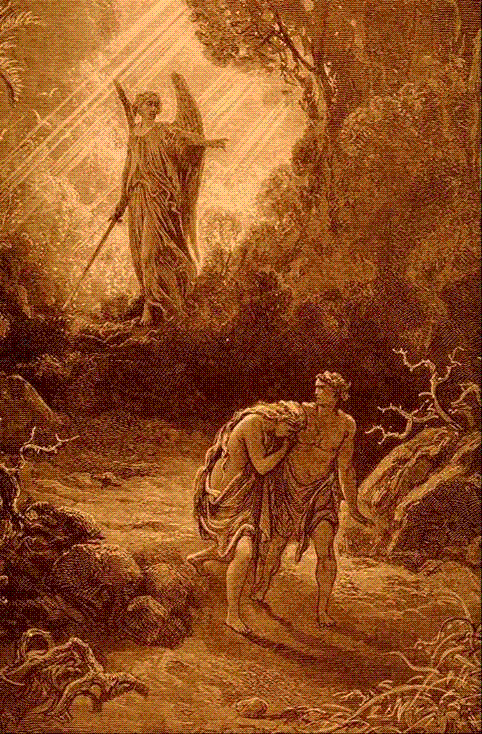
God's word Warns us!
The Bible warns believers to be careful that the light in them does not become darkness (Luke 11:35).
Darkness descends when the light of the gospel is overshadowed by traditions handed down by men. In such cases, the Word of God is set aside, deprived of its authority, life and power.
How can we avoid letting our light become darkness?
By steering clear of religious traps! The Greek word for “darkness” is “skotos”, which means shadiness or obscurity. The bondage of tradition is part of the shadiness that shuts out the light of the gospel within us.
Understand, tradition in itself is not a bad thing. The problem arises when church people attempt to make their traditional or generational rules and regulations equal to, or higher than the Word of God.
When they pass down their religious traditions, social customs, and belief systems by mouth or by practice, without validating their origin or explaining their purpose, they breed shadiness and darkness and death.
Their doctrines and traditions become like cement that has settled. The church is bound, with no room for any person, place or thing that doesn’t fit with what’s already there. In 1 Corinthians 14:26 we see how the Church is supposed to function, Christ, the Head of the Church and the body of Christ involved in every aspect of church. Most are not complying to God's rules.
Religious spirits of tradition work to keep a church from being transformed. They block the light necessary to draw in new converts.
Thankfully, there is hope. First Peter 1:18 tells us that we have been “redeemed…from [the] aimless conduct received by “tradition” (NKJV) from our forefathers.”
We have been redeemed! Through the power of God’s Spirit we can reject dark, aimless, and harmful traditions that are based on man-made doctrines and not on the Word of God.
As the return of Jesus draws closer, you would think that the hearts of God’s people would grow closer to Him. The apostle Paul say in 2 Timothy 3:1-7, He spoke about the apostasy, or the falling away from the truth. He listed spirits that would be operating in church people in the last days.
These people, Paul said, would have a “form of godliness” (v. 5, NKJ).
The Greek word for “form” is morphosis, which means “an appearance.” There are fashions in the church world today that put pressure on Christians to present a certain appearance, to be religiously “in vogue.” In many churches, if a ministry gift isn’t wrapped in the right package, it’s not considered religiously correct.
But Romans 12:1 shows us how we must present ourselves as believers. We must not have a “form of godliness” that is worldly in nature. We must not be conformed to the world but transformed!
The Greek word for “transformed” is related to our English word metamorphosis, which means “to change appearance.” Only as we are changed in appearance will people see the light of the gospel in us and “come in.”
We have to be transformed in the image of Christ to overcome.
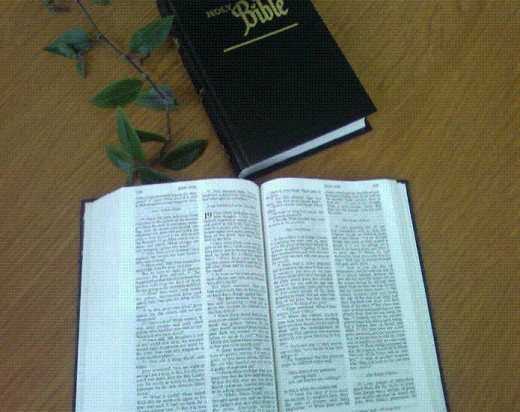
Easter or Passover
Every year, millions of people celebrate ”Easter” and Good friday, the resurrection of our Lord, Jesus Christ.
So what does Easter have to do with decorated eggs, hot cross buns and chocolate rabbits?
Those who look for the truth must ask questions regarding Easter and not just accept this practice and custom.
Is it truly the day when Jesus arose from the dead?
Where did all of the strange customs come from, which have nothing to do with the resurrection of our Saviour?
-eggs - bunnies - Christ, ever wondered?
Yet most do not realize that the Bible tells a very different story than they usually hear from the pulpit.
What is the truth about Jesus’ Crucifixion and resurrection?
Many who rarely go to church will attend this services on Easter Sunday or Good Friday.
Do you know that the Good Friday and all Easter tradition actually denies the only sign that Jesus offered the religious leaders of His death and resurrection. This is the only proof that shows us, even today, that Jesus is the Messiah?
Incredible as that statement may seem, it is true and I can prove it!
- Did you know that the Bible does not claim that Jesus Christ rose from the dead on second morning, BUT on third day? In fact, it teaches something else entirely! If Jesus was crucified on the Friday, the third day would be Monday?
- How, then, did Easter observance become almost universal among Christians all over the earth?
- When did Christ’s resurrection really occur?
- Easter is never mentioned in the text of the New Testament.
- While the King James translation does contain the word “Easter” in Acts 12:4, virtually every other translation says “Passover,” which is the proper rendering of the Greek word “pascha”.
- You can easily verify this by consulting almost any Bible commentary or Greek interlinear.
The early Church never observed Easter Sunday, but the Passover Feast.
So what happened on the Passover Feast?
- Exodus 12:1 - 27: And the LORD spake unto Moses and Aaron in the land of Egypt, saying,
- This month [shall be] unto you the beginning of months: it [shall be] the first month of the year to you.
As can be seen, this was to be the first day of God’s calender, (for the Jews and also for us, God’s clock, or wherewith we can measure our time with).
- Speak ye unto all the congregation of Israel, saying, In the tenth [day] of this month they shall take to them every man a lamb, according to the house of [their] fathers, a lamb for an house:
Here we see that God said in the tenth day, after day 1 - with other words, day 10 of the new month, - this is an indicator that our … Passover Feast must begin on the 10th day of the new Jewish month.
According to the Jewish calender Passover begins on the month Nissan for 7 days (31 March to the 6 of April 7 days, every year. http://www.chabad.org/calendar/view/month.htm
- And if the household be too little for the lamb, let him and his neighbour next unto his house take [it] according to the number of the souls; every man according to his eating shall make your count for the lamb.
- Your lamb shall be without blemish, a male of the first year: ye shall take [it] out from the sheep, or from the goats:
- And ye shall keep it up until the fourteenth day of the same month: and the whole assembly of the congregation of Israel shall kill it in the evening.
- And they shall take of the blood, and strike [it] on the two side posts and on the upper door post of the houses, wherein they shall eat it.
When we read this we normally see the blood on the doorpost.. Are we missing something?
We all know the Passover lamb was spotless and perfect to represent Christ to come, we all know the Blood on the doorpost that held away death was representing of the Blood of the Lamb that will break the hold of death over us and as long as we are under the Blood eternal death has no hold over us.
But we're missing another prophetic image in the Passover act…
Did the Lord tell them to put blood on the doorpost anywhere and it will be fine like many believe?… No… Absolutely not… He said: Strike (not paint on thinly, strike an amount of) blood on the lintel (top) and on both the side posts, and the Word says when the angel of death saw the blood on the lintel and on the side posts he passed over.
Why is this important?
According to Ceil & Moishe Rosen in “Christ in the Passover”, the “bason" in Exodus 12:22 was NOT a container in the sense that we use the word today. The word comes from the Egyptian “sap” meaning the threshold or ditch was dug in front of the doorway to the house to avoid flooding. People placed a container in the ditch to prevent seepage.
The Israelites killed their Passover lambs right by the doors where they were about to sprinkle blood and the blood from the slaughter automatically ran into the depression (Bason) at the threshold.
Thus the blood was already at the “foot” of the door when it was struck onto the doorposts and lintels.
And when you stand striking the side posts with blood, where will you aim, directly on your sides, so shoulder height, why would you bend down when you can do it all in one moment, strike top and then sides directly next to you…
The angel of death was looking for the sign of the Lamb, knowing that those under it are protected and will not go into the second death…. he looked for the sign of the cross.
- And they shall eat the flesh in that night, roast with fire, and unleavened bread; [and] with bitter [herbs] they shall eat it.
Why with fire and not boiled with water or milk? Can you see it?
Jesus died for our sins and He went to Hell and burned in our place, the flames that was for us, He took on Himself so we don’t have to go there and also that He can have compassion over us …….
- Eat not of it raw, nor sodden at all with water, but roast [with] fire; his head with his legs, and with the purtenance thereof.
- And ye shall let nothing of it remain until the morning; and that which remaineth of it until the morning ye shall burn with fire.
- And thus shall ye eat it; [with] your loins girded, your shoes on your feet, and your staff in your hand; and ye shall eat it in haste: it [is] the LORD’S passover.
- For I will pass through the land of Egypt this night, and will smite all the firstborn in the land of Egypt, both man and beast; and against all the gods of Egypt I will execute judgment: I [am] the LORD.
- And the blood shall be to you for a token upon the houses where ye [are]: and when I see the blood, I will pass over you, and the plague shall not be upon you to destroy [you], when I smite the land of Egypt.
- And this day shall be unto you for a memorial; and ye shall keep it a feast to the LORD throughout your generations; ye shall keep it a feast by an ordinance for ever.
-
A memorial was used with a Blood covenant and a tree was planted to show the covenant, and the tree was spattered with blood.
-
Seven days shall ye eat unleavened bread; even the first day ye shall put away leaven out of your houses: for whosoever eateth leavened bread from the first day until the seventh day, that soul shall be cut off from Israel.
The leaven in our time is the wrong teachings or man made rules in our modern-day church. Jesus told the leaders of His time, that they were like painted graves, nice on the outside but death in the inside!
- And in the first day [there shall be] an holy convocation, and in the seventh day there shall be an holy convocation to you; no manner of work shall be done in them, save [that] which every man must eat, that only may be done of you.
- And ye shall observe [the feast of] unleavened bread; for in this selfsame day have I brought your armies out of the land of Egypt: therefore shall ye observe this day in your generations by an ordinance for ever.
- In the first [month], on the fourteenth day of the month at even, ye shall eat unleavened bread, until the one and twentieth day of the month at even.
- Seven days shall there be no leaven found in your houses: for whosoever eateth that which is leavened, even that soul shall be cut off from the congregation of Israel, whether he be a stranger, or born in the land.
- Ye shall eat nothing leavened; in all your habitations shall ye eat unleavened bread.
- Then Moses called for all the elders of Israel, and said unto them, Draw out and take you a lamb according to your families, and kill the passover.
- And ye shall take a bunch of hyssop, and dip [it] in the blood that [is] in the bason, and strike the lintel and the two side posts with the blood that [is] in the bason; and none of you shall go out at the door of his house until the morning.
- For the LORD will pass through to smite the Egyptians; and when he seeth the blood upon the lintel, and on the two side posts, the LORD will pass over the door, and will not suffer the destroyer to come in unto your houses to smite [you].
- And ye shall observe this thing for an ordinance to thee and to thy sons for ever.
Christians continued to observe the Passover, just as the original Apostles had done with and in Jesus’ time. Symbols, a small piece of bread and a some wine, showing Christ’s sacrifice - His body broken for us, and His blood shed for the remission of our sins.
Where, then, did this “Easter” come from?
There is no record of it in the Christian community until almost a full century after Jesus’ crucifixion and resurrection.
Notice this striking statement by a scholar associated with the Pontifical Gregorian University Press in Rome: “There is a wide consensus of opinion among scholars that Rome is indeed the birthplace of Easter-Sunday. Some, in fact, rightly label it as ‘Roman-Easter’” (From Sabbath to Sunday, Bacchiocchi, p. 201).
In his Ecclesiastical History, the early Catholic historian Eusebius provides insight on the introduction of Easter. A contemporary of the Roman emperor Constantine, Eusebius described the late second-century controversy between Victor, Bishop of Rome, and Polycrates, disputing over whether to celebrate Passover or Easter. Eusebius wrote: “The bishops, however, of Asia, persevering in observing the custom handed down to them from their fathers, were headed by Polycrates… ‘We,’ said he, ‘observe the genuine day; neither adding thereto nor taking therefrom.
For in Asia great lights have fallen asleep, which shall rise again in the day of our Lord’s appearing… Phillip, one of the twelve apostles… John, who rested upon the bosom of our Lord… Polycarp of Smyrna… All these observed the fourteenth day of the Passover according to the gospel, deviating in no respect, but following the rule of faith” (chapter xxiv). Eusebius then proceeded to quote from a letter of Irenaeus, a second century bishop of Lyons, which traced the observance of Easter as a substitute for Passover back to the days of Sixtus, bishop of Rome (c. 116-126ad).
In other words, Easter Sunday was not observed by the Christian community until almost 20 years after the death of the Apostle John, the last surviving disciple to see the crucifixion and the resurrection of our Lord Jesus Christ. Passover always starts on the first day of the Jewish calender and not on a Friday…. but on whatever day it is, the first day of the Jewish New Year.
If God truly wanted His people to observe this day, why did it take so long to be established? If it really shows the events of Christ’s crucifixion and resurrection, surely it would have been observed from the beginning! Yet it was only introduced as a “Christian” holiday after all who had first hand knowledge of the facts were dead.
That alone should make us look closer at this thing.
Easter Sunday actually has its origins in pagan worship or the cult of “ancient pagan sun worship”.
The name “Easter” is taken from “Ishtar” or “Astarte”, names referring to the ancient Babylonian goddess who was worshiped as the mother of the sun god.
Notice: “The motif of the Sun was used not only by Christian artists to portray Christ [from the third century onward] but also by Christian teachers to proclaim Him to the pagan masses who were well acquainted with the rich Sun-symbology. Numerous Fathers abstracted and reinterpreted the pagan symbols and beliefs about the Sun and used them apologetically to teach the Christian message” (Bacchiocchi, p. 253).
Much of the symbolism associated with Easter, including rabbits and eggs, hearkens back to ancient practices that originated in Babylon and came down to us today by way of Rome. Roman emperor Constantine, a lifelong devotee of Sol Invictus, the sun god, forged an alliance with the Bishop of Rome in the early fourth century. It was from this alliance of church and state that most of the trappings that are associated with modern Christianity came to be forced upon the Christian-professing world.
Does it matter that the name “Easter,” can be traced back to ancient paganism?
Many sincere Christians would protest that they attend Easter services to honor Jesus Christ and His resurrection from the dead, not to worship the sun god.
Is it acceptable to take pagan customs and symbols and use them from a Christian perspective?
No!
God forbids and warned the ancient Israelites, as they prepared to enter the land of the Canaanites, to “take heed … that you do not inquire after their gods, saying ‘How did these nations serve their gods? I also will do likewise.’ You shall not worship the Lord your God in that way” (Deuteronomy 12:30-31). Rather, God told His people: “Whatever I command you, be careful to observe it; you shall not add to it nor take away from it” (v. 32).
Easter Sunday does not celebrate the resurrection of Jesus but “Ishtar”, worshipping of the sun god.
It actually obscures the very point that Jesus said was the defining sign of His Messiahship the three days and three nights in the tomb. Easter, like most of the symbols associated with it, has its origin not in Scriptural commands, but in the practices of ancient sun worshipers.
It is high time that those who say that they are the children of God come out of spiritual Babylon and worship the Creator as He commands you “in spirit and in truth”!
The only sign Jesus offered to the skeptical religious leaders of His day was that He would spend exactly three days and three nights in the tomb.
Did that sign come to pass?
Absolutely!
Jesus had promised that He would be exactly three days and three nights in the tomb and He rose just exactly as He said He would.
“Jesus answered and said to them, ‘Destroy this temple, and in three days I will raise it up’…. But He was speaking of the temple of His body” (John 2:19-21).
How is it possible to equate three days and three nights with the time between “Good Friday” and “Easter Sunday”?
Count it yourself; it simply will not work!
The Bible DOES define its own terms, Jesus specifically connected His stay in the tomb with that of Jonah in the fish’s belly. “Now the Lord had prepared a great fish to swallow Jonah. And Jonah was in the belly of the fish three days and three nights” (Jonah 1:17).
“Sir, we remember, while He was still alive, how that deceiver said, ‘After three days I will rise’” (Matthew 27:63).
They knew that Jesus was not talking about a mere day and a half, but rather indicating three full days.
Jesus had to have been crucified on a Thursday in order to arise on the Sunday morning, being the first day.
How is that possible if they were preparing for the Sabbath on the day our Lord was crucified?
Jesus was crucified at the time of the Passover and you will see that there was a Friday "Sabbath", Sabbaths being Holy Days of worship, Feasts and Celebrations.
The term Sabbath in Jewish culture means Holy Day and can also apply to thier feasts.
Bible study
Did this Bible study helped you in any way?
- Armageddon Online - Home
Extinction 'Tipping Points' Possibly Predictable, Two asteroids to pass close to Earth, but won't hit, Giant waves could be predictable - Save ships & sailors, Doomsday warnings of US apocalypse gain ground, Strengthening La Nina could mean more - A Biblically-based community focused on prophetic truths revealing the imminent return of the Saviou
Everything at Worlds Last Chance is available for you to better understand Bible prophecies, and to help you prepare for the imminent Second Coming of Christ. Join the WLC community and receive a free 4 vol. book set which have made the Bible come al


